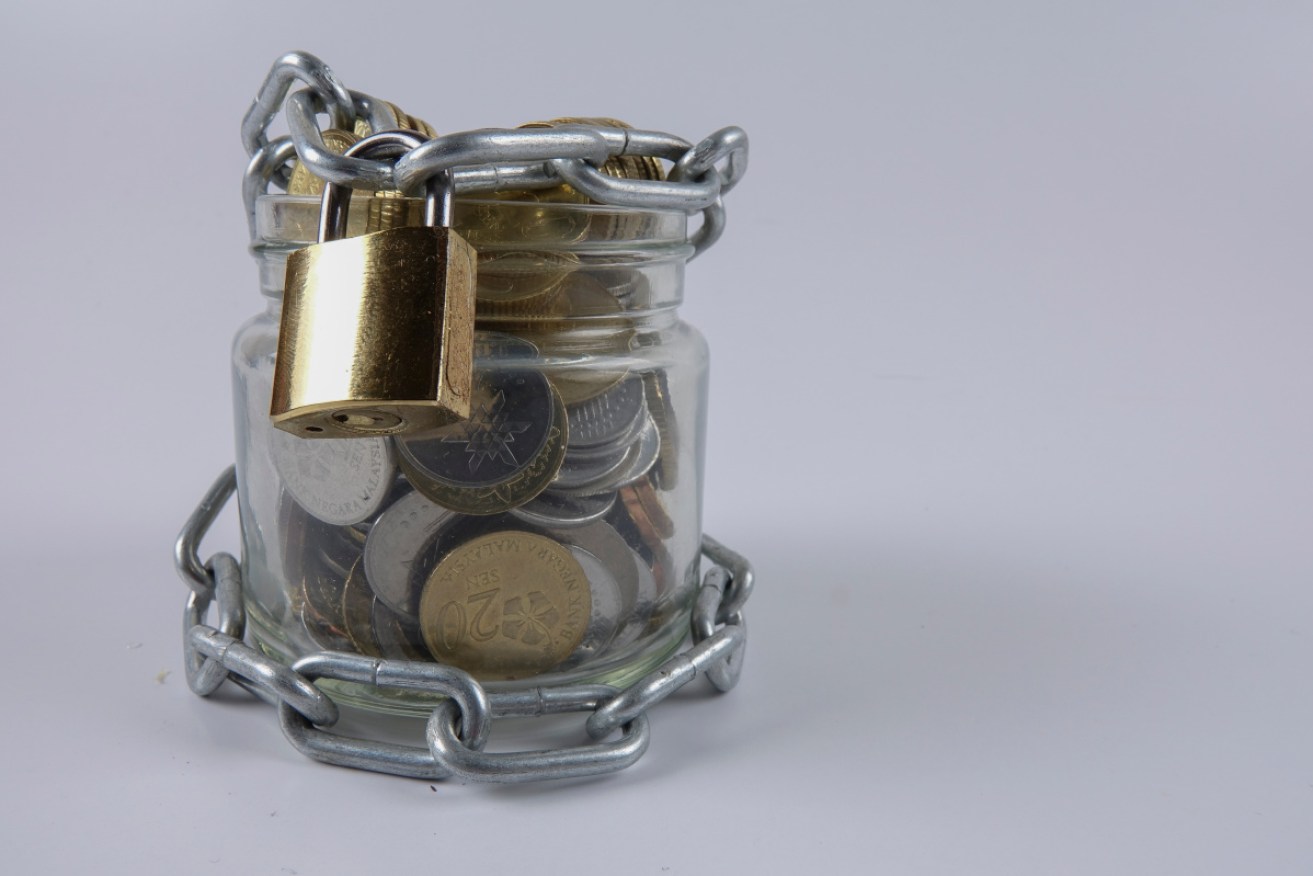Everything you need to know about investing in bonds

Government bonds are considered one of the safest investments. Photo: Getty
They might be regarded as safe havens for your money, but when interest rates are low, it’s typically time to steer clear of government bonds.
Here are some guiding principles that, everything being equal, will help to explain how this all works.
For starters, it’s generally the case that when interest rates are falling, bond yields are too.
Given the low level of interest rates and bond yields, increasing exposure to bonds now may be more trouble than it’s worth.
So before considering bonds, Stephen Miller of Grant Samuel Funds Management (GSFM) says you need to recognise where we are in the economic cycle, and then decide what role you want bonds to play in your overall portfolio.
With returns from cash and term deposits woefully insufficient to fund their lifestyles, some people will look to bonds as potential sources of greater yield.
An Australian government 10-year bond currently yields around 1.50 per cent, which is less than a six-month term deposit.
To obtain greater yield from bonds, you may need to consider the corporate bond market where yields are admittedly higher, yet credit quality is not quite as good.
Provided the economy doesn’t slip into recession, Mr Miller says the current interest rate environment may favour shares over bonds.
And with the Reserve Bank potentially cutting rates again this year, those chasing yield may be better rewarded investing in high-quality stocks with dividends.
“If interest rates and bond yields move lower, bonds may provide reasonably solid returns,” Mr Miller says.
“But in the absence of a recession it may be that asset prices, like shares and property, will continue climbing, potentially offering superior returns.”
Government bonds explained
If you do want a bit of insurance against a recession, it may pay to have a few bonds – even at these rates – to even things out, he says.
Without getting too technical, shares and bonds are what are called negatively correlated assets, which is just another way of saying that when one is doing well, the other tends to be out of the money.
For example, with the policy interest rate and government bond yields at historic lows, investors have reduced exposure to bonds. This helps to explain why the ASX200 alone has delivered a 44 per cent cumulative return over the three years to June 2019.
Admittedly, there’s nothing stopping you investing in bonds when the sharemarket is running hot, and could go higher.
But the danger of doing so is that you’ll lock in low yields – with a view to holding to maturity – effectively forfeiting the opportunity to receive returns elsewhere.
It’s true, AAA-rated government bonds do provide the highest level of level of credit quality. Here’s a useful insight into how bonds actually work.
While an attractive annual coupon (the yield the bond paid on its issue date) might be expected (in the past) to offer anything from 5.25 per cent to 6.25 per cent, it’s also important to remember that it’s not uncommon for capital values to be well above the $100 it may have been issued at.
Once you see what can happen if bonds are held to maturity, you’ll start to understand why portfolios that hold bonds need to be actively managed, to ensure you’re not left out of the money.
For example, if in the lead up to maturity, yields move higher as a bull market in government bonds comes to an end, and your portfolio isn’t actively managed, a move higher in yields will result in lower capital values and potentially negative returns as the value of coupons are offset by higher capital losses.
The combined impact of solid annual returns, plus capital losses on maturity (once you realise the bond’s $100 face value), is a yield-to-maturity for a 10-year government bond of less than 1.5 per cent.
If all this sounds a little fuzzy, here’s a classic example to help clarify:
A Treasury bond is due to mature in five years, offering an attractive annual coupon of 2.5 per cent based on a purchase price of $100. The market has rallied and the bond is now trading at $125.
Purchasing the bond at $125 results in a yield to maturity of 2.0 per cent. If you’re considering adding bonds to your portfolio, use this calculation to figure out how much you will earn (the bond’s yield if held until maturity):
Current Yield = (Annual Dollar Interest Paid/Market Price) x 100 per cent.








